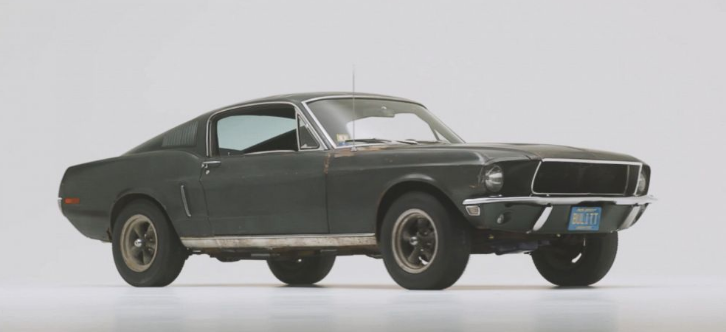The Pony Cars: History and Specifications

The Ford Mustang was the first vehicle known as 'pony car' due to its sporty and young look. It was developed in record time on a shoe-string budget. However, the dealers managed to sell 22,000 cars on the day of its release. This launch was followed by a whole genre of automobiles known as the pony cars, and the main target market for it was the younger generation!
The Originals
The original Mustang can be traced back to the 1965 model, and ever since 1964, Ford was looking to introduce several production changes to its cars. Although many hobbyists refer to early Mustangs as "1964½" models, the main reason for their immense popularity was the convertible and notchback body style! Many options enabled buyers to configure their Mustang back in the day, and it could be as anything ranging from an economical runabout to a weekend race car.
The original engine lineup consisted of a 170- cid straight-six, 4.3-liter V-8, and the legendary 289-cid V-8 with a standard 271 horsepower. In the late '65, capacity was enlarged to 200 cid (3.3 liters), and a replacement for 260 was a 289, with a two-barrel carburetor. The Mustangs roared into 1966 with minor changes, and soon Ford built the millionth Mustang, a timeless classic!
Major Changes
From 1967 onwards, Mustang underwent major changes in terms of length and the big-block engine! Further upgrades included the 390-cid (6.4-liter) V-8 produced 335 hp, which displaced the 289 known as the top performer. The interior and exterior trim was revised, and for drag racing, Ford came up with a 428-cid (7.0-liter) Cobra Jet V-8 rated at 335 hp and 440 lb-ft of torque. By this time, customers had started complaining that the Mustang is too fat! To address this, Ford introduced the Mustang II! It was a subcompact that was based on a stretched Pinto platform. It was available as a notchback or hatchback. The engine choices for this were a 140-cid (2.3-liter) four-cylinder or a 171-cid (2.8-liter) V-6. Mustang II was pitched as Ford as an upscaled economy car equipped with the luxury-hemmed Ghia topping the lineup, and by far, this was Mustang's best year!
The Fox
By the end of the 70s, Mustang was riding on a new platform known as the Fox! It was available in both styles; notchback and hatchback. At this point, Ford replaced its 4.9 with a 4.2 V-8 for the 1980 and '81 model years. It was just in time for the second oil crisis!
Given the amazing history of the magnificent Mustangs, the fifth-generation Mustang received a facelift in 2010. Major styling highlights included the sequential taillights; however, the original Mustang never had them, but the 1964 Thunderbird, 1967 Mercury Cougar, and the Shelbys did. In 2011, impressive changes were introduced, including a 3.7-liter V-6 (305 hp) and a new 5.0-liter V-8 displaced 5.0 liters. The 2012 Boss 302 upped the power to 444, while the Boss 302 Laguna Seca edition was a good track-ready car.
The Mustangs were always designed to be affordable and performance cars! Ford has tried to keep prices down throughout history, holding onto old technology like the live rear axle.
Irrespective of that, the Mustangs sold well, which is why there's still a good supply on the used market; it keeps the prices down!